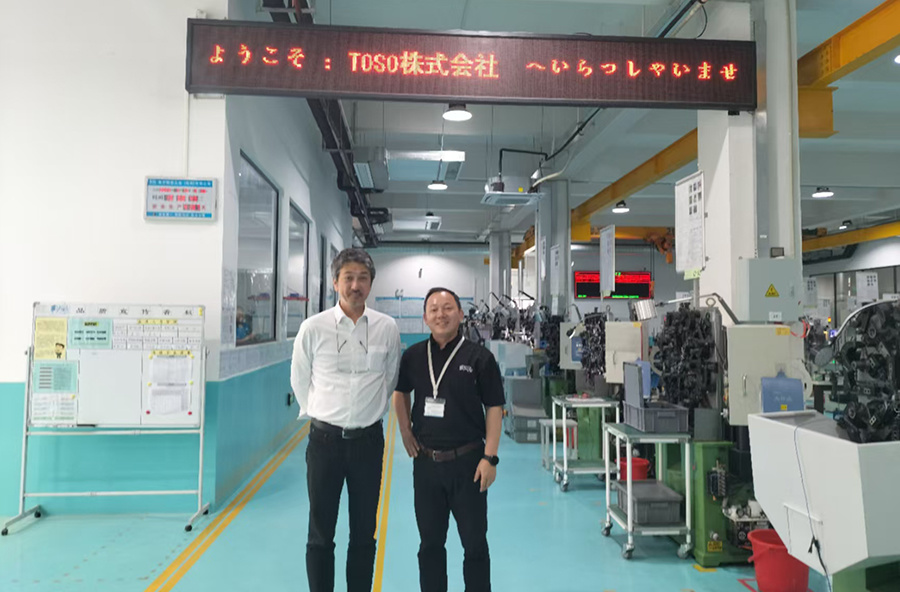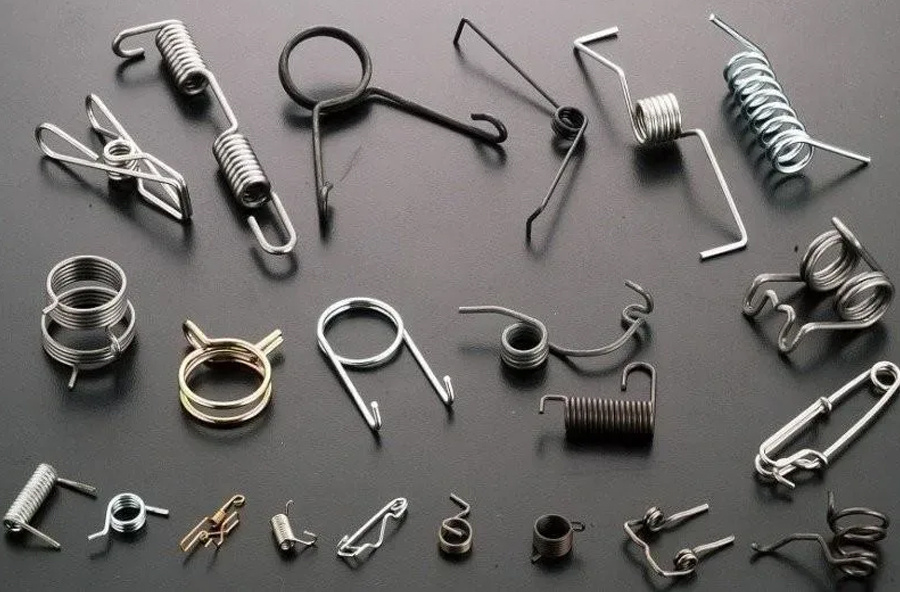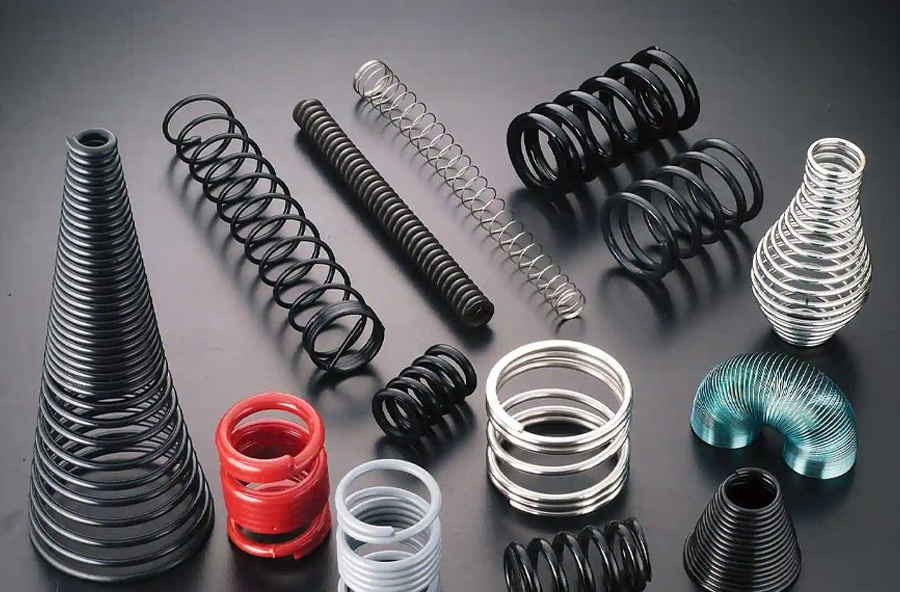Detailed Explanation of Heat Treatment Process Optimization for Spring Steel
2022-01-10
Spring steel, as an indispensable material in mechanical engineering, is widely used in the manufacturing of various types of springs, such as automotive suspension springs, industrial equipment springs, precision instrument springs, etc. The performance of spring steel directly determines the service life, reliability, and overall mechanical properties of the spring. The optimization of heat treatment process, as an important means to improve the performance of spring steel, has a profound impact on the spring performance. This article will explore the optimization of heat treatment processes in spring steel and their impact on spring performance.
The heat treatment process involves heating, insulation, and cooling steel to alter its internal structure and improve its material properties. The heat treatment process of spring steel usually includes steps such as annealing, normalizing, quenching, tempering, as well as surface treatments such as shot peening and nitriding. The selection and optimization of each process directly affect the final performance of spring steel.
Quenching is the first step in the heat treatment of spring steel, with the main purpose of heating the steel above the critical temperature and rapidly cooling it to transform its structure into martensite, thereby obtaining materials with high hardness and strength. The selection of quenching temperature is crucial, as it ensures sufficient austenitization while maintaining finer grain size. Grain refinement can significantly improve the impact value of spring steel.
Optimization measures: The quenching temperature is generally between 820 and 870 ℃, and the specific temperature needs to be adjusted according to the composition of the steel and the required properties. Meanwhile, the choice of quenching medium also affects the cooling rate and final performance. Commonly used quenching media include water, oil, etc. When optimizing the quenching process, the heating temperature and cooling rate should be strictly controlled to avoid overheating and decarburization, in order to ensure the achievement of the ideal martensitic structure.
The impact on spring performance: Spring steel after quenching has high hardness and strength, but relatively poor toughness. A reasonable quenching process can significantly improve the load-bearing capacity and fatigue resistance of springs, but excessive quenching temperature or rapid cooling rate may lead to increased brittleness.
Keywords:
Related News
On May 13th, TOSO visited our company for guidance
2025-05-13
Materials and Manufacturing Process of Springs
2022-07-28
Detailed Explanation of Heat Treatment Process Optimization for Spring Steel
2022-01-10





